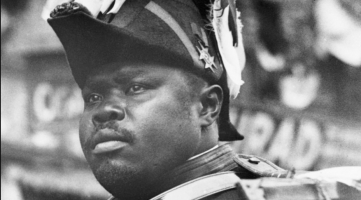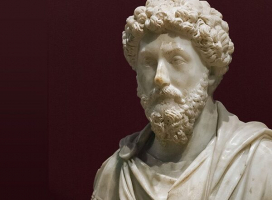Top 7 Interesting Facts about Marcus Agrippa
When Marcus Vipsanius Agrippa is mentioned, people will likely picture a brilliant military leader, a famous Roman architect, and above all, Augustus's close ... read more...friend and son-in-law. He was the general who oversaw the construction of some of the most exquisite buildings in Roman history that are still standing today. Additionally, he made a considerable contribution to significant military triumphs. His performance in the Battle of Actium against Mark Antony and Cleopatra's army was his most noteworthy military accomplishment. Here are some interesting facts about Marcus Vipsanius Agrippa that you should know if you want to understand more about this historical Roman character.
-
Unlike his great-uncle Julius Caesar, Octavian was never a very good general. Numerous significant military victories under Marcus Agrippa's command are deserving of praise. In 42 BCE, two years after Mark Antony and Octavian had defeated the anti-Caesarians commanded by Brutus and Cassius at Philippi, Sextus Pompey, the younger son of Pompey the Great, captured Sicily and Sardinia for the Republican faction that was opposed to the triumvirs. He essentially blocked off the Italian Peninsula with a naval blockade as a result, preventing grain from these islands and from North Africa from reaching Rome. Octavian attempted to reclaim Sicily after a hasty peace treaty was signed in 39 BCE, but he was defeated at the naval battle of Messina in 37 BCE.
Agrippa started by enlarging Lake Avernus and creating Portus Julius, a safe naval base close to Naples. After that, he invested the following winter on building a fleet and preparing an on-land navy. Agrippa engaged Sextus twice at Mylea in August 36 BCE while Lepidus and Statilius Taurus attacked Sicily. At the Battle of Narloches, Agrippa destroyed Sextus' fleet, losing only three of his 300 ships compared to 28 sunk and more than 260 captured on the Pompeian side. Lepidus was removed from the triumvirate following the battle, and Octavian assumed sole command of the western portion of Roman territory.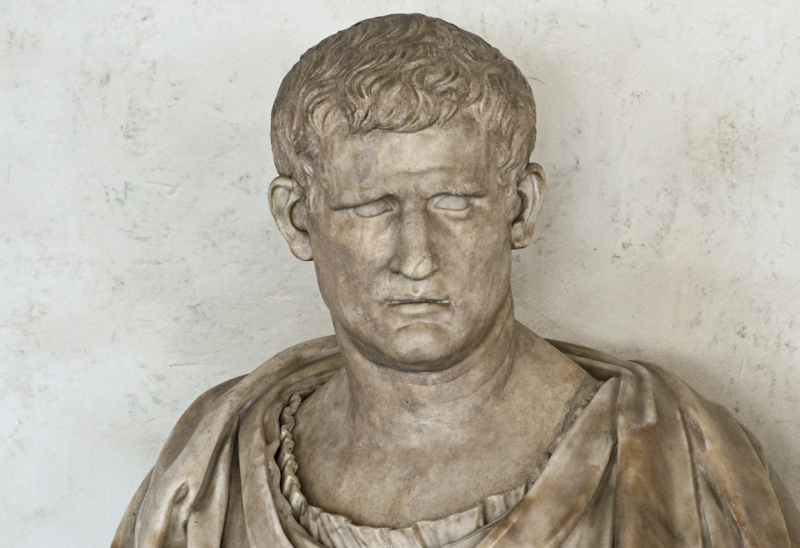
Source: ancientrome.ru 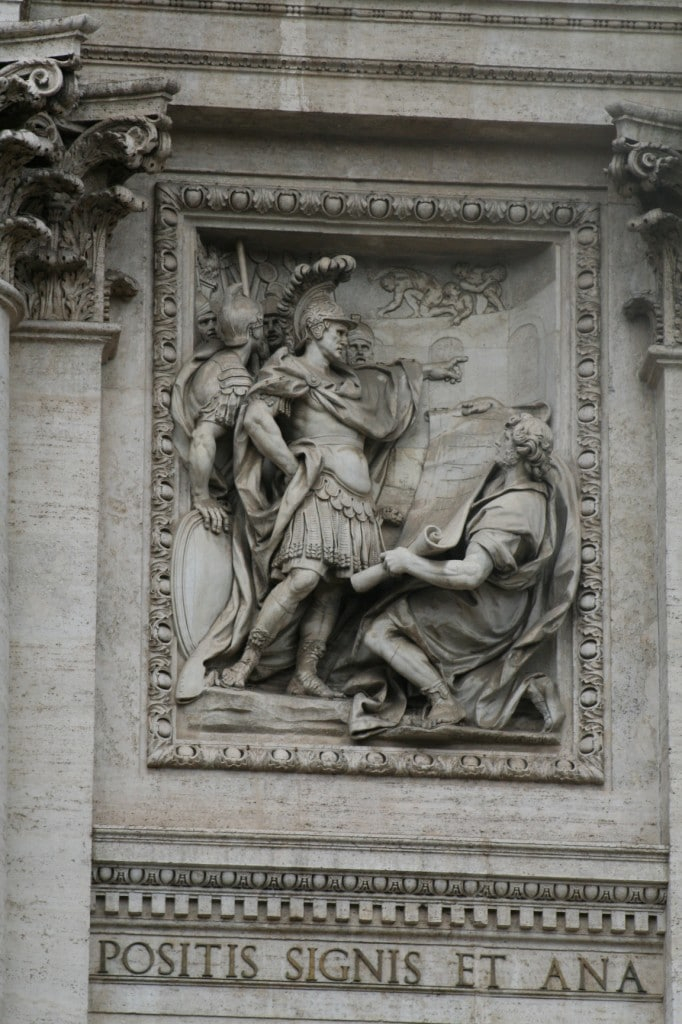
Source: romareiser.no -
After years of sharing power, the moment had come for the final two triumvirs, Octavian and Mark Antony, to compete with one another for control of the Roman world. The battle, also known as the Battle of Actium, took place on the western Greek shore. In this second crucial naval engagement, Marcus Agrippa's exceptional abilities once again played a decisive role in his victory. Mark Antony, who had been Julius Caesar's most skilled general and was widely considered as the most capable Roman military commander following Caesar's death, was ultimately vanquished by Agrippa. Now Agrippa, who was likewise unstoppable, held that honor. The battle of Actium marked the end of the Roman Republic. With the triumph, Octavian was able to build the Roman Empire and rule Rome alone.
When the pivotal battle drew nigh, Octavian allegedly discovered that Antony and Cleopatra meant to escape his naval blockade. The enemy ships would surrender if they saw their captains' cowardice, therefore he initially planned to let the flagships pass in the hopes that he could catch up to them with his smaller ships. Because Antony's fleet had recently been damaged by storms and because Antony's ships, despite being larger, could outrun Octavian's if they raised sails, Agrippa suggested that Octavian should immediately engage in combat. Octavian followed the advice of his friend. Actium was the site of a battle on September 2, 31 BC. The victory of Octavian, which gave him power over Rome and the empire, was greatly aided by Agrippa. In 28 BC, Octavian gave him his niece Claudia Marcella Major's hand as a demonstration of his great regard. In the same year, he also served as Octavian's second consul. Agrippa served as Octavian's third consul in 27 BC, the same year that the senate gave Octavian the imperial title of Augustus.
As a tribute to the Battle of Actium, Agrippa built and dedicated the building that served as the Roman Pantheon before it was destroyed in 80 AD. Emperor Hadrian built his own Pantheon in Rome using Agrippa's blueprint, which is still standing today. The inscription of the latter building, which was built around 125, contains the text of the inscription from Agrippa's structure from his third consulship. Agrippa spent the years following his third consulship in Gaul modernizing the local government and taxing system, as well as constructing an efficient road network and aqueducts.
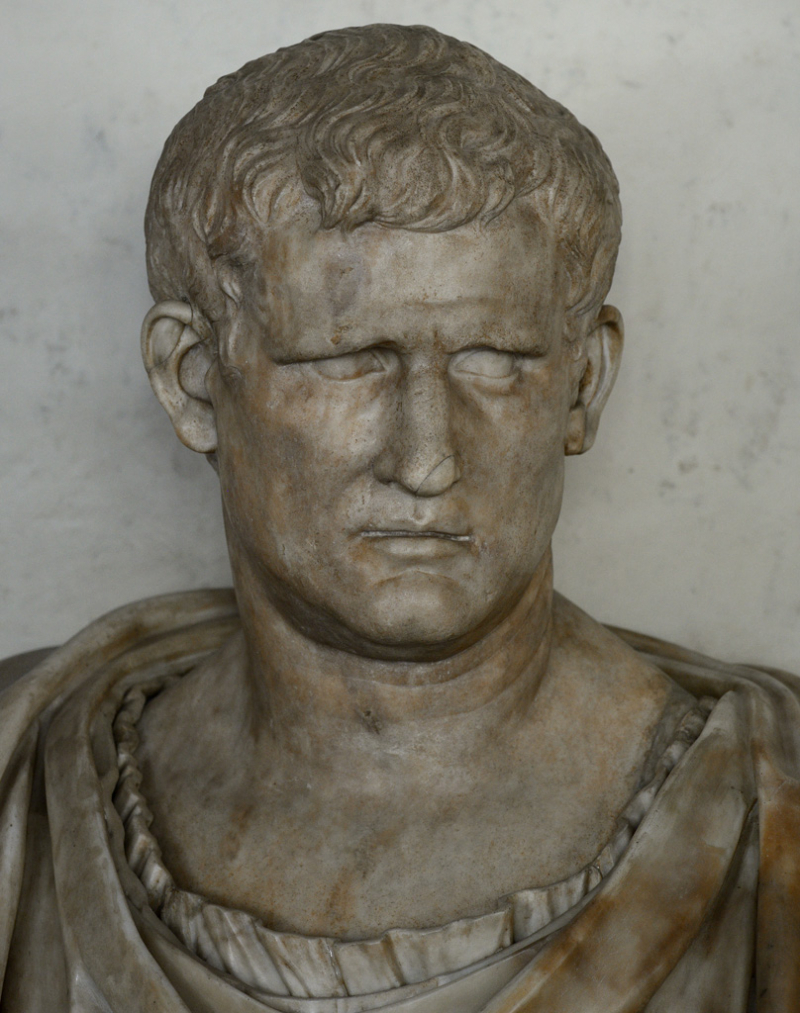
Source: ancientrome.ru 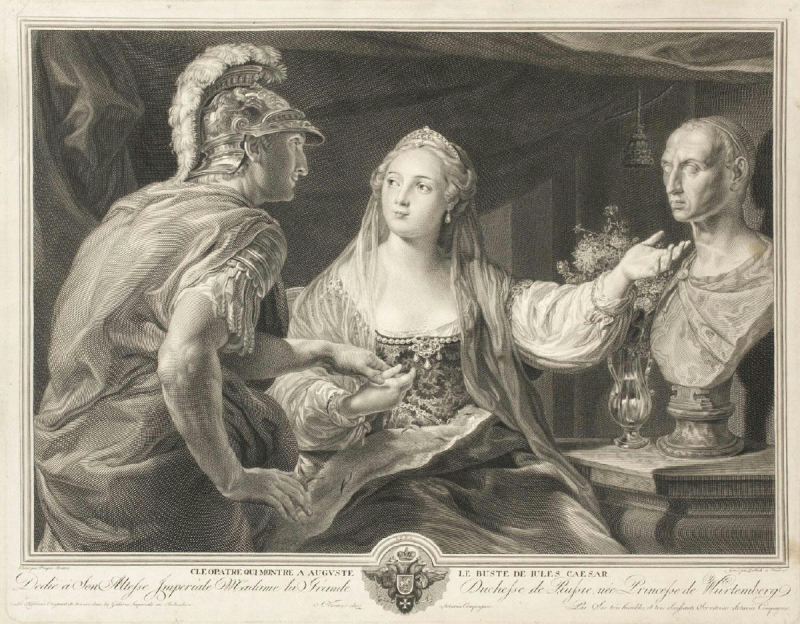
Source: philamuseum.org -
Agrippa quickly established himself as a valuable civil aide, just as he had done in the military. He committed himself on restoring and enhancing Rome. Sadly, the Pantheon that is still standing today was not erected by Agrippa; rather, it is a replica that Trajan and Hadrian constructed after a fire destroyed the original.
The only surviving source of information from the time is Pliny the Elder's report of Diogenes of Athens' decorating of the edifice. The Caryatides, the female statues that adorned the temple's columns and ceiling and were all "viewed as master-pieces of excellence," were specifically mentioned by him. The capitals of the pillars resemble pieces of Syracuse bronze. The layout of the ancient building is still debated, but many historians and archaeologists believe it resembled the Pantheon, which still remains today, with the exception of the dome.
As a testament to the deep bond between Agrippa and Augustus, Agrippa initially wished to name the building the August Eum, and to place a statue of Augustus in the center of the main chamber. However, Augustus refused both of these honors, conscious of his shaky political position. Agrippa instead placed a statue of Julius Caesar in prominence in the inner chamber and statues of himself and Augustus in the antechamber, flanking the entrance.
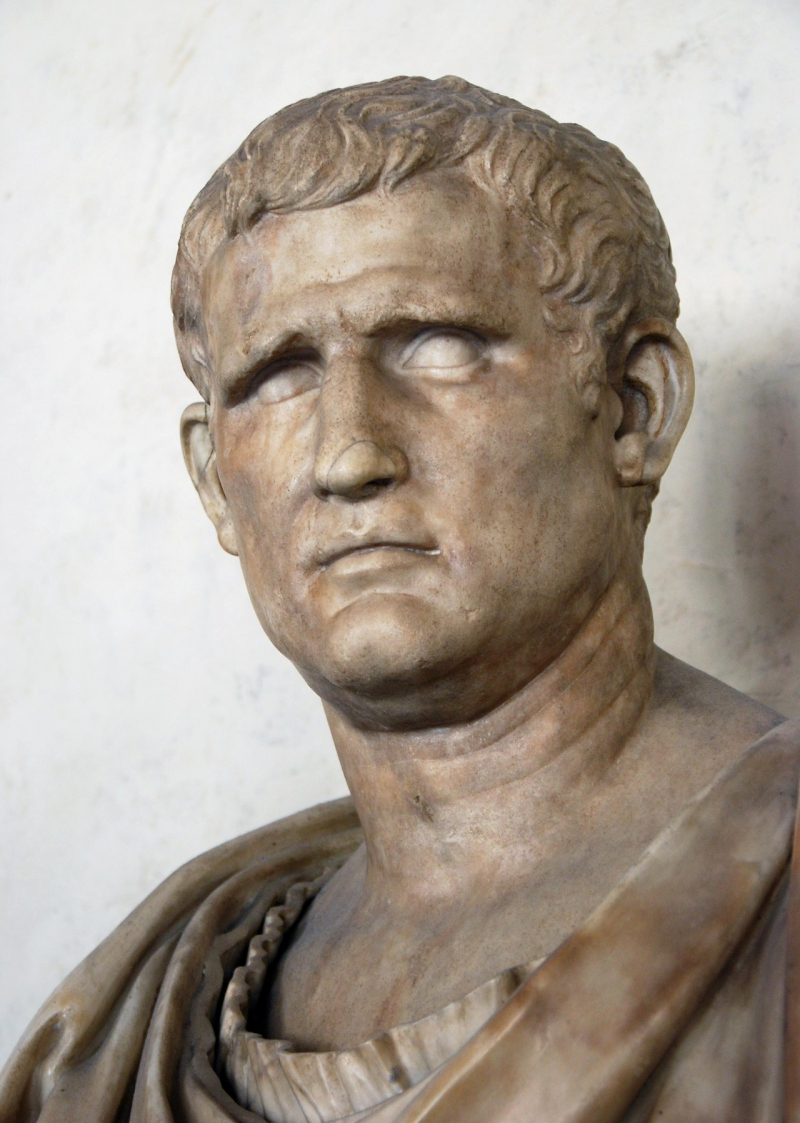
Source: Tumblr 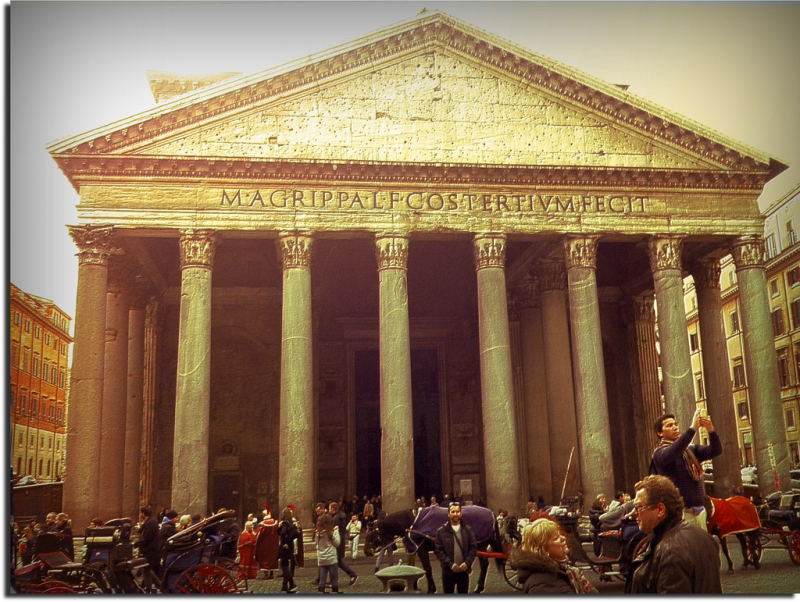
Source: Flickr -
Agrippa got to work on three significant building projects. In 26 BCE, Agrippa finished the Saepta Julia in honor of Julius Caesar. The building's construction was initially planned and started by Caesar so that the Tribal Assembly could meet and conduct elections. Voters may cast their ballots in comfort while viewing the artwork in the nice shade thanks to the voting area's marble construction, embellishment with sculptures and works of art, and canopy. Agrippa's second building project, the public Roman baths, was nearby. As a reminder of the Actium naval victory, they had a workout area and a monument to the sea deity Neptune.
The Pantheon, one of the most spectacular specimens of Roman architecture, was finally begun by Agrippa. The temple was intended to be a place of worship for all the gods, especially the twelve Olympians, and it was built after a Hellenistic model. Later, it would burn down, and Hadrian (emperor from 117 to 138 CE), who rebuilt it, preserved Agrippa's original inscription on the building's facade. Like his extensive road network in Gaul, which enhanced access and communication throughout the region, Agrippa also repaired and built roads in Rome and the provinces.
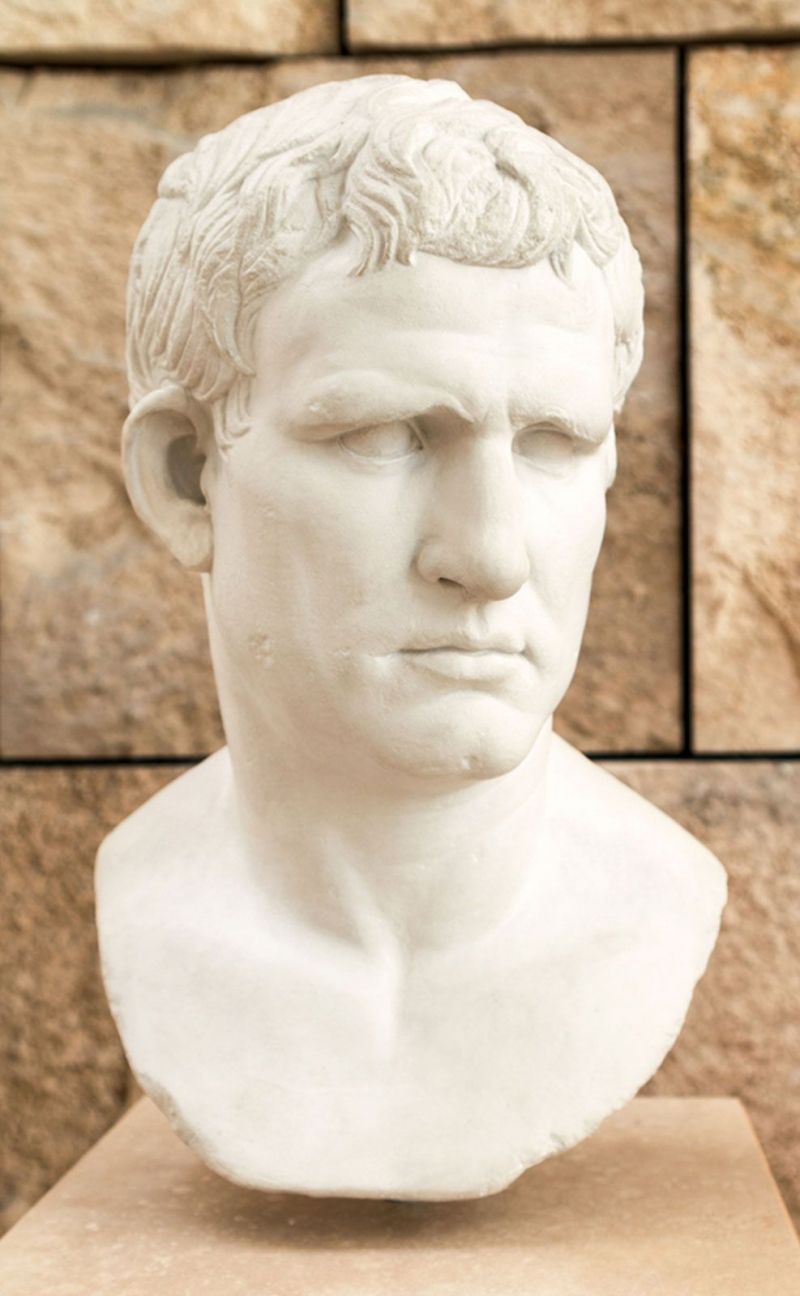
Source: Britannica 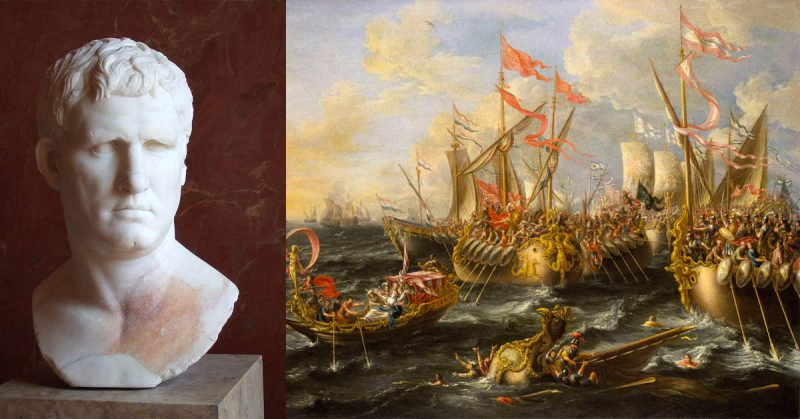
Source: warhistoryonline.com -
As Augustus became older, the issue of who he wanted to succeed him as emperor became essential. Agrippa married Julia, Augustus' lone daughter, around 21 BCE. The two sons of Agrippa and Julia, Gaius and Lucius Caesar, were openly chosen by Augustus. He even adopted them as his own sons, making them both his sons and grandchildren at the same time. As a result of him displaying them across the city and assimilating them into society, the Roman public embraced them. Who Augustus had in mind as his successor was crystal clear. Agrippa was probably on Augustus' list of potential heirs before they reached adulthood, even if he wasn't the first pick.
Unquestionably, Agrippa served as Augustus' second in command. Agrippa received greater proconsular power (maius imperium proconsulare) in 18 BCE, which gave him military precedence over all other subordinate army commanders, as well as official tribunician power, which allowed him to call meetings of the Senate and People's Assembly and introduce legislation. Agrippa was referred to as Augustus' "partner in power" by the ancient historian Tacitus, who viewed tribunician authority as the "designation of supreme status" (Annals, 3.56). As a result, only Agrippa had the power to maintain the empire's stability in the event that Augustus passed away. In 23 BCE, Augustus relinquished his two consecutive terms as consul in "exchange" for these two immense powers.
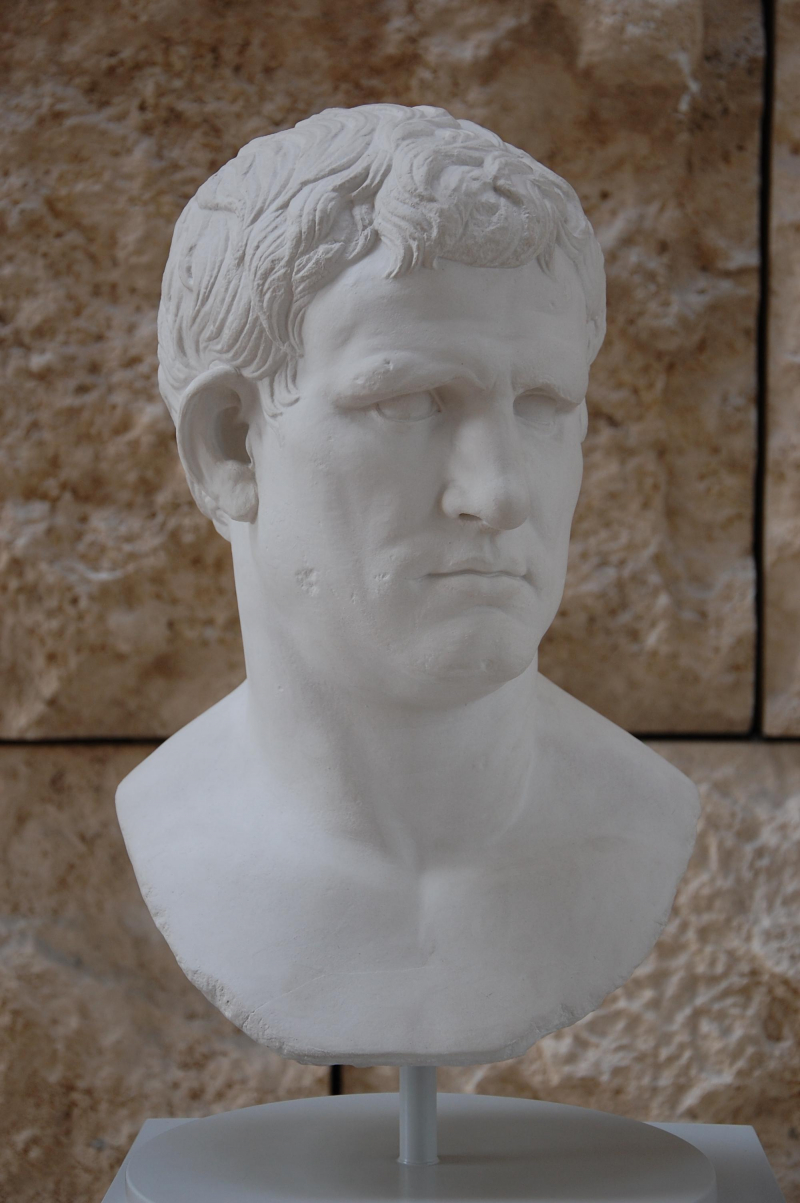
Source: University of Oxford 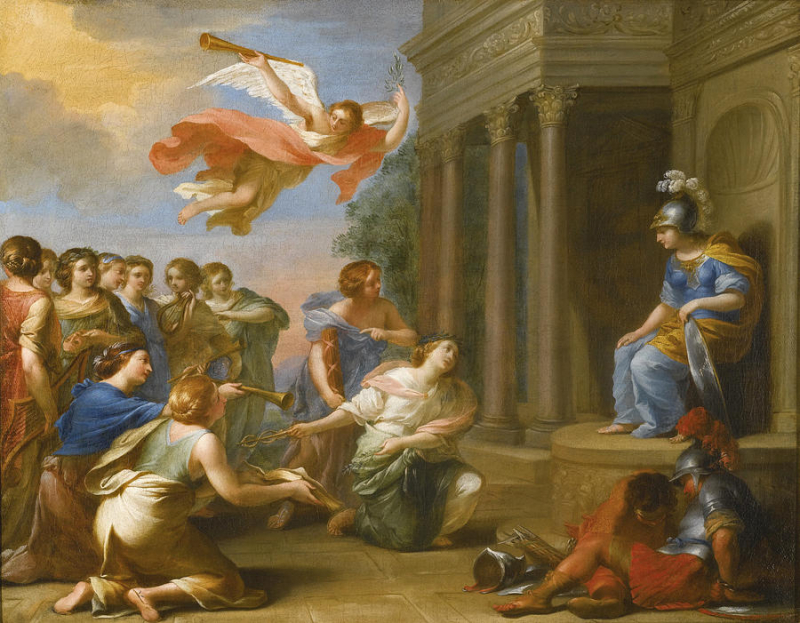
Source: daensan.blogspot.com -
A Via Agrippa is any portion of the Roman road system in Gaul built by Marcus Vipsanius Agrippa, who was charged by Octavian with the task of reorganizing the Gauls. In Gaul, Romans built 21,000 kilometers of roads (13,000 mi). By constructing 21,000 kilometers of roads in the former Gaul, Agrippa helped cities become more Romanized. The Via Agrippa had four routes: the Atlantic, the North Sea, the Rhine, and the final route, which went to Marseille.
Though much was erased as contemporary roads and buildings were constructed, traces of the Via Agrippa continue to be followed by some modern roads. A foremost example is Route Nationala 7 that follows the ancient tracks of the Via Agrippa. There are also 22 milestones, which indicate the distance from the starting point, that continue to stand until today. They are said to be constructed from the third to the fourth century; with one being reused in the choir of the Cathedral of Valence.
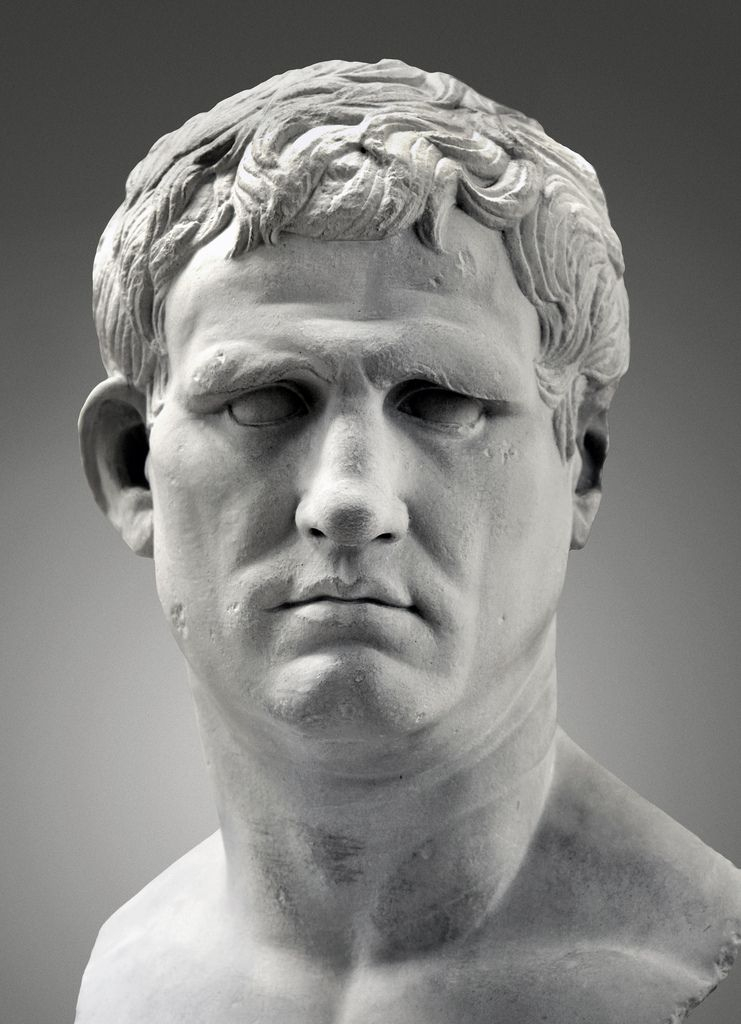
Source: pinterest.fr 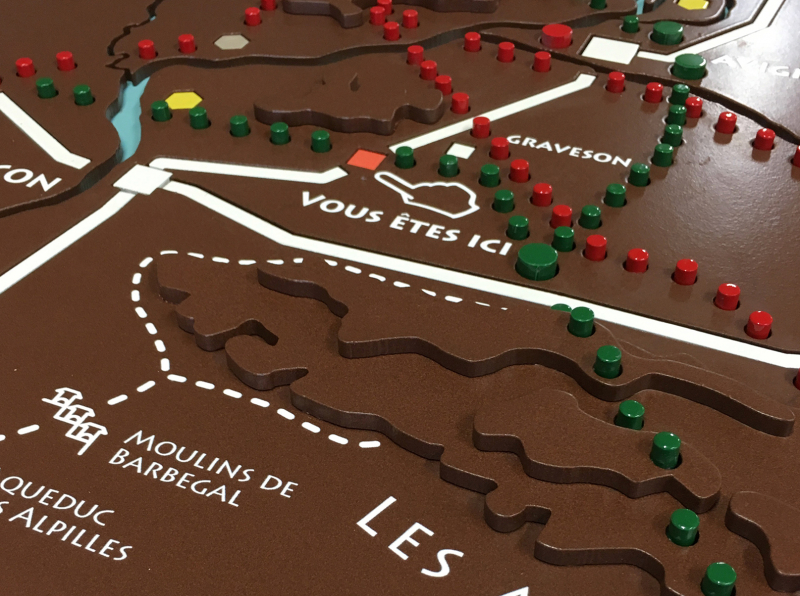
Source: allianceconsultants.fr -
"This was done, not out of any competition or ambition on Agrippa's part to make himself equal to Augustus, but from his heartfelt loyalty to him," wrote Cassius Doi, "and Augustus, so far from censuring him for it, respected him the more." Agrippa was exalted by Augustus in both political and personal spheres. Due to Augustus' ill health, Agrippa was named as his heir from the beginning of his reign. Agrippa, however, was not the best choice for an heir because they were the same age. As a result, Augustus gave Agrippa his daughter Julia's hand in marriage, bringing Agrippa formally into his family. Augustus legally adopted the two boys when the couple had them, preserving his line of succession.
Agrippa received considerable political honors and powers from him in the meantime, making the two of them equal in authority save for seniority. Agrippa never opposed Augustus despite having enormous political clout and the army's support. He showed himself to be a true buddy and remained fiercely loyal. He was referred to as "the noblest of men of his day" by Cassius Doi. Agrippa started to experience pain and disease in his later years, which is now thought to have been gout. Not wanting to be a burden or a source of embarrassment due to an impairment, he carefully kept it from his companion.
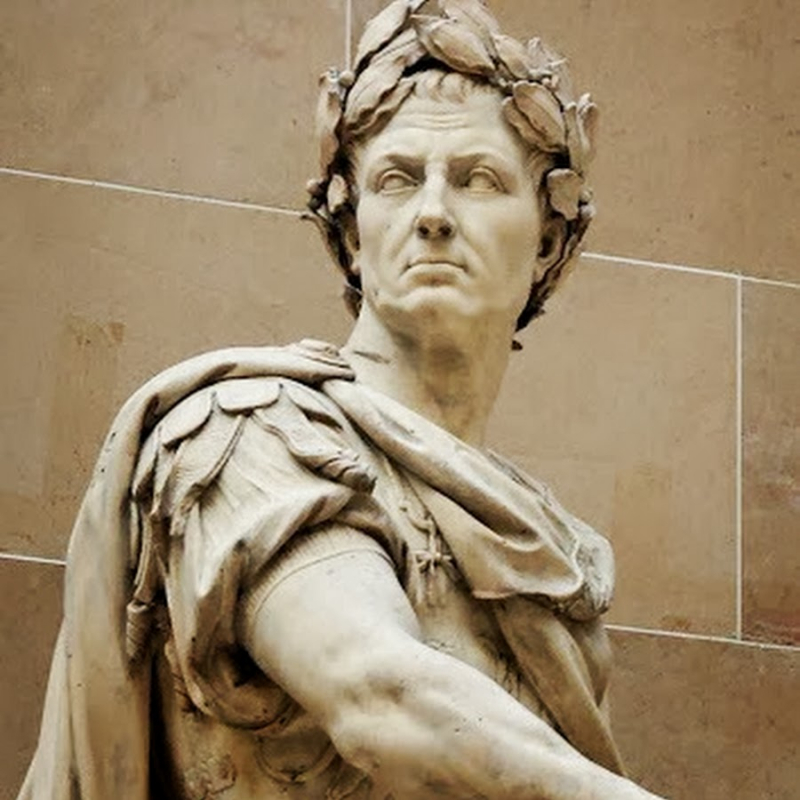
Source: YouTube 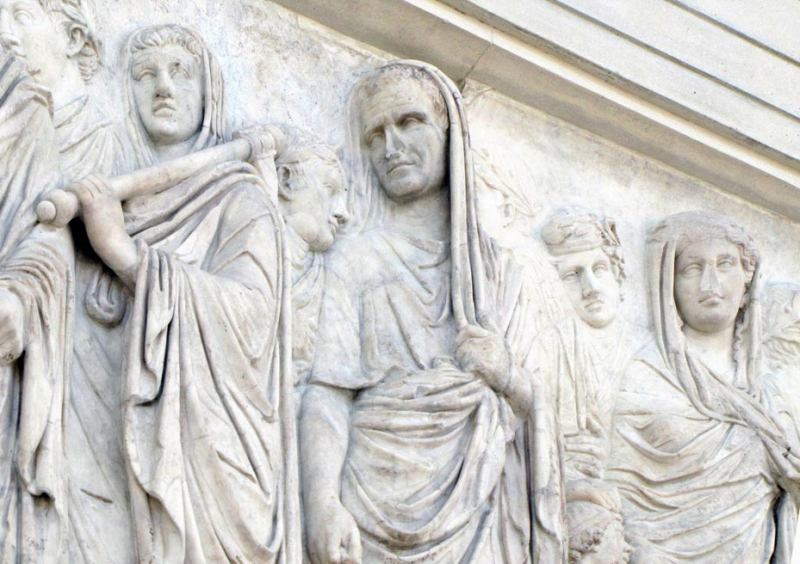
Source: Ancient Origins









